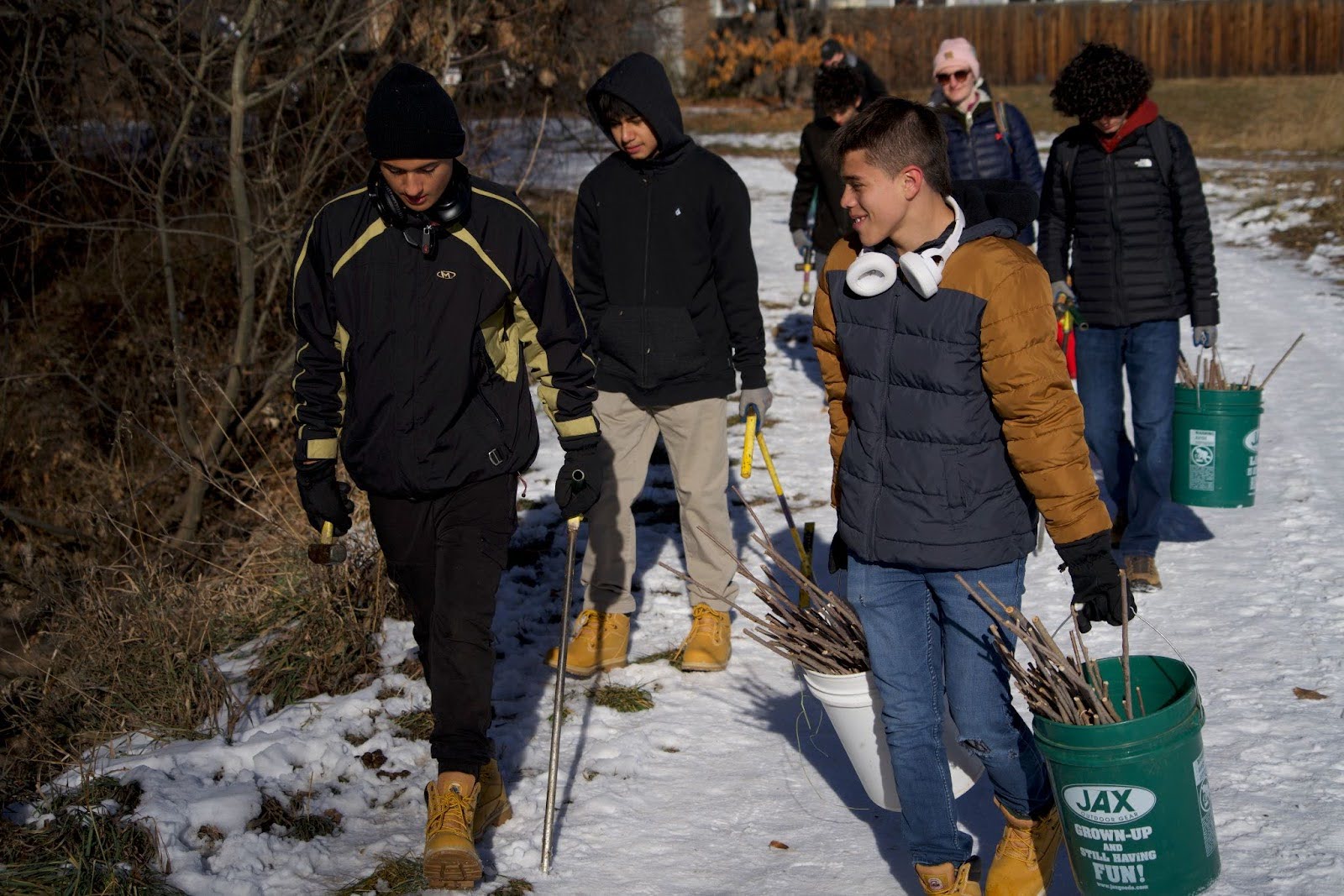
Tyler Hickman

Tyler Hickman
Along a creek that cuts through a residential neighborhood in Lafayette, CO, a group of highschool students, many of them Hispanic, listen intently to an instructor giving directions in Spanish. “Hoy hace más frío que hemos sido en el pasado, entonces por favor importante que estamos llevando la ropa apropiada. ¿Verdad?” It’s colder today than it has been in the past, explains the group’s instructor, Anna DeGolier, so it’s important that we wear the appropriate clothing.
The students, who are interns in the Lafayette Youth Corps (LYC) Internship Program, each grab a hammer and a metal probe before walking down to the creek. They hammer the probes into the river bank, making a hole that’s just big enough to plant a willow branch. A few hours later, willow branches are poking out of the ground every foot or so along this entire section of Coal Creek.
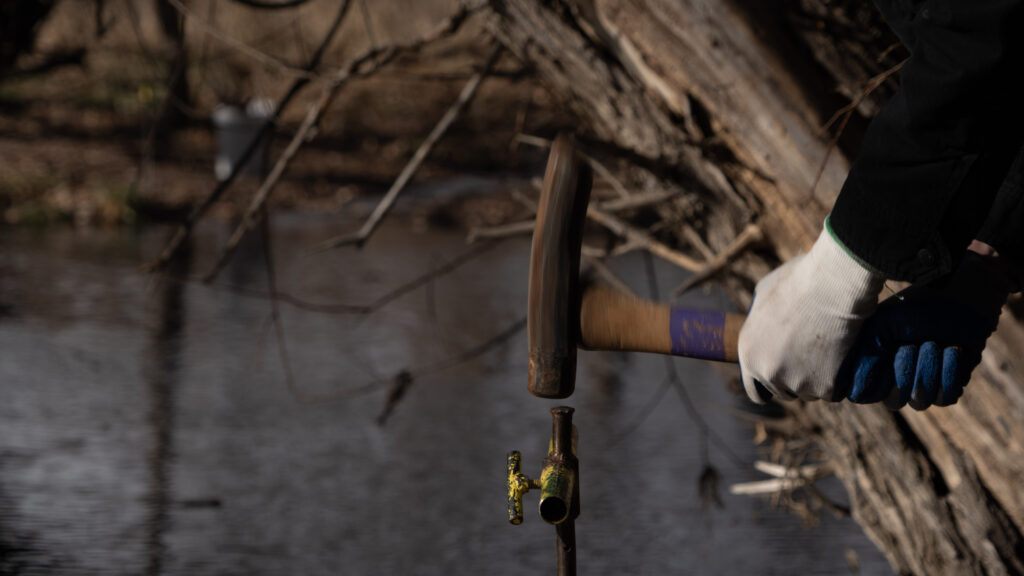
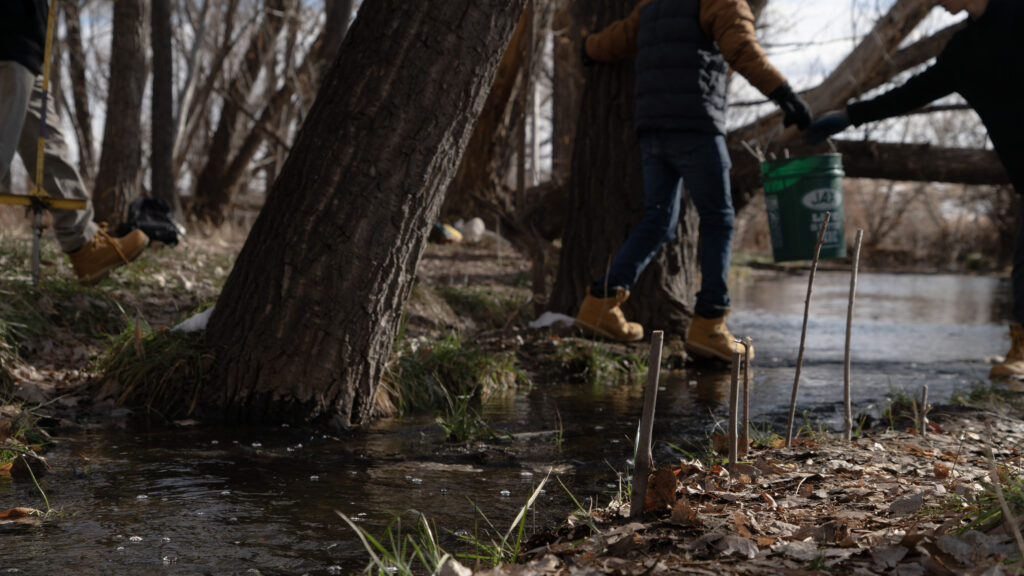

The internship program, founded by the environmental education non-profit Thorne Nature Experience, specifically targets local Hispanic youth who historically face less access to outdoor education opportunities. A study from the Hispanic Access Foundation shows that 67% of Hispanic and Latino families live in areas that are nature deprived, and numerous barriers, such as lack of transportation, exclusion from conservation, and English only signage, make nature even less accessible for these demographics. The program is now run by Wildland Restoration Volunteers (WRV), and the city of Lafayette has partnered with the LYC Internship Program to provide funding and help break down these barriers in the Hispanic community.
“We really value just making sure that all of our youth in our community are being engaged in meaningful projects,” said Lexie Sierra-Martinez, the interim open space superintendent for the City of Lafayette. A big part of land stewardship projects like the internship program is providing a pathway for kids to develop valuable skills and knowledge. “Learning about the ecosystem, learning about history and learning about ways to better the land, those are all really helpful tools that they can take directly into next steps,” she said.
On Dec. 2, 2023, the interns were accompanied by Kalei Gopar, a student mentor from the University of Colorado Boulder who has been working with Wildland Restoration Volunteers (WRV) since she was in high school. Today, she’s hoping to provide the interns the same opportunities that opened the door to a career in the outdoors for her.

“I always imagined I’d like to work in the outdoors but I never saw how it would be reachable until I started working here,” Gopar said. She got her start with Thorne Nature Kids, an environmental education and outdoor recreation program designed to serve underrepresented youth in the Lafayette area.
Through this program she discovered WRV and took every opportunity she could, from participating in youth leadership meetings to assisting with grant writing. “It felt like I was climbing the ladder, in a sense, which was really nice,” she said.
Without the funding for these programs, vaulting the barriers to nature access and environmental careers can seem impossible for underrepresented youth. Essential outdoor gear, like winter jackets, boots, and gloves are costly for low income families. With help from the city, every intern receives this gear that lets them get their hands dirty.
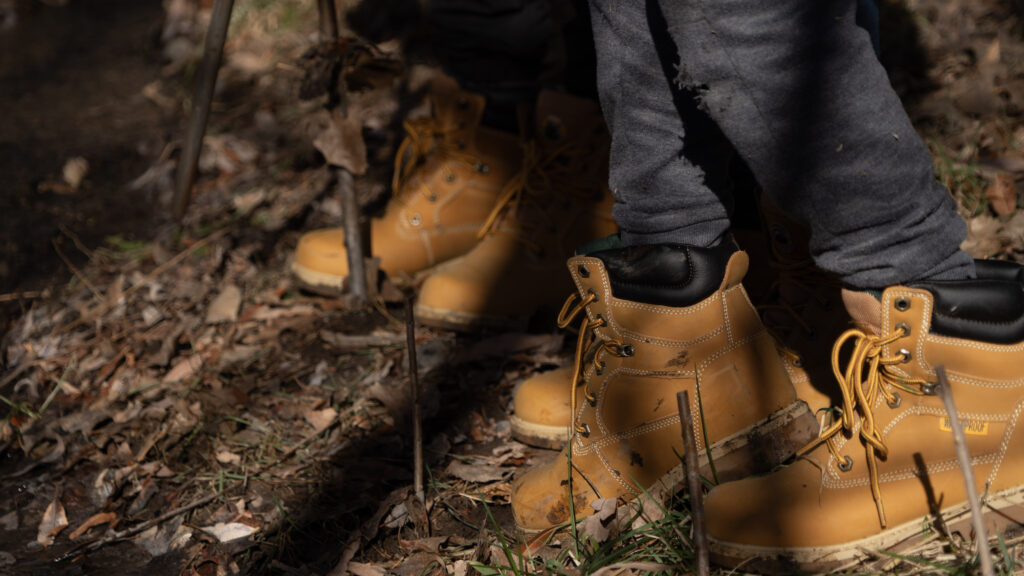
Throughout the school year, the interns learn about ecology and environmental stewardship. This lays the groundwork for the interns to lead a community-wide restoration project of their own at the end of the school year. “I let them have complete ownership, as much as they want to take on,” said the program’s administrator Anna DeGolier.
Just like Gopar, several of the students see this as an opportunity to start a career in the field.
“It’s a great impression for resumes for various kinds of jobs,” said third-year intern Anthony Reyes, who wants to study how astronauts can grow food in space or on other planets.

The internship program also provides valuable experience for students like Cedar Moriarty, a current high school senior who hopes to study environmental science at the University of Washington next year.
Hailey Rasmussen, who helped lead the intern’s restoration project last Spring, hopes to spread what they’ve learned throughout the community. “It might spark inspiration… they see how it affects them and also everyone else in the community,” they said.
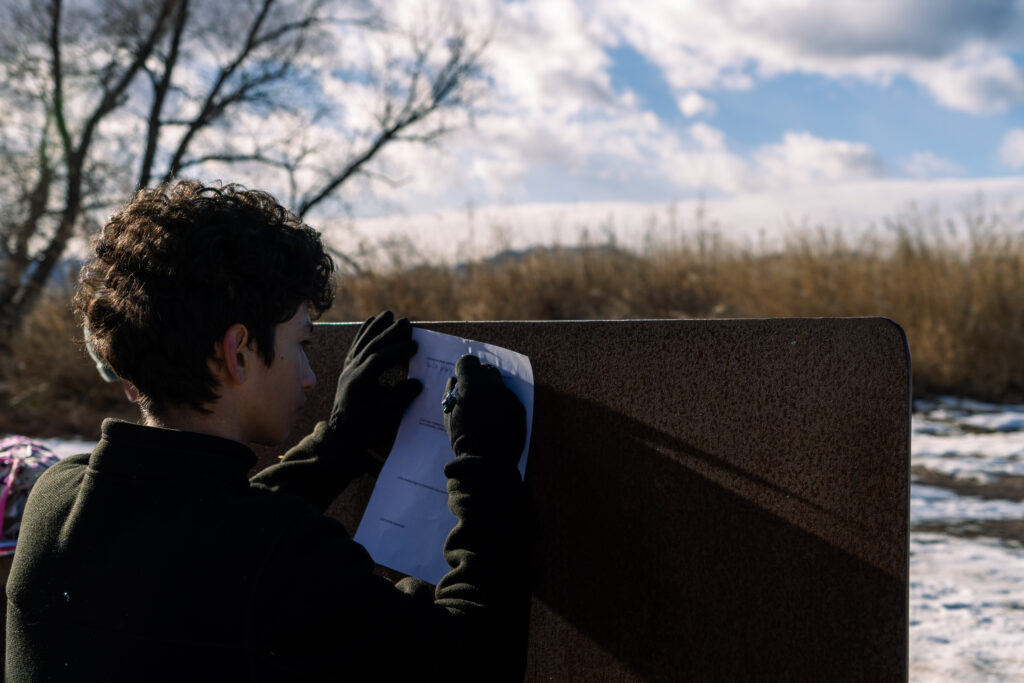
According to Shanna Edberg, Director of Conservation Programs for the Hispanic Access Foundation, there’s a large constituency of minority groups who care about the planet, but by leaving these groups out it’s difficult to have a strong conservation movement. “When we let other communities have a voice, when we let that diversity in, the outcomes (for conservation) are better,” Edberg said.
Community involvement in restoration projects like these could be essential to environmental preservation in cities like Lafayette. In 2013, a 100-year-flood (a flood with only 1% probability of occurrence in a given year) ravaged Coal Creek and threatened hundreds of nearby homes. A recent study from the National Oceanic and Atmospheric Administration (NOAA) predicts that, due to climate change, 100-year-floods could occur once every 20 years in this region. The interns have been working tirelessly to plant willows along the banks of the creek to help control the erosion from more frequent flooding.

WRV and Thorne Nature are focused on bringing these voices to the table in Lafayette and across Colorado. The Lafayette Youth Corps Internship Program was born out of community feedback on access to nature education programs. “People really wanted more opportunities for high school aged youth where they will get paid, where they can get free winter gear, and have free lunches,” DeGolier said.

Community involvement is key to helping WRV identify gaps in access and meet families where they are at. Thorne meets monthly with the Promotores – a group of community liaisons who help communicate the needs of Lafayette’s Hispanic and Latinx families – to better understand barriers to access and outdoor education for these families. These meetings helped create opportunities for Gopar and other former participants to pursue careers and build a stronger community. “I’m just so passionate about this because it helped me find my path in life, but I figure by working here, I can help someone else do that too,” she said.
As the willows along Coal Creek take root, so does the interns’ passion for conservation. Whether that grows into a career in environmental science, or simply fosters an awareness for the environment in whatever the students pursue, WRV feels it is making a difference. “It’s like this whole program is planting a seed for later, and [for] some of them, it might sprout now,” Gopar said.
